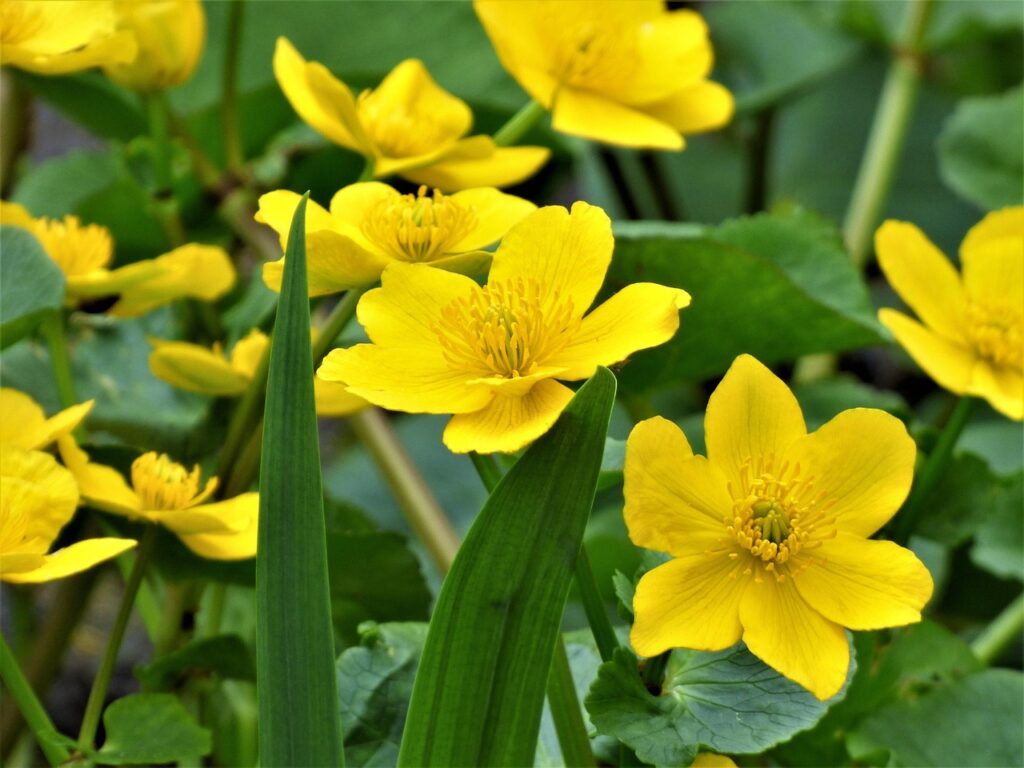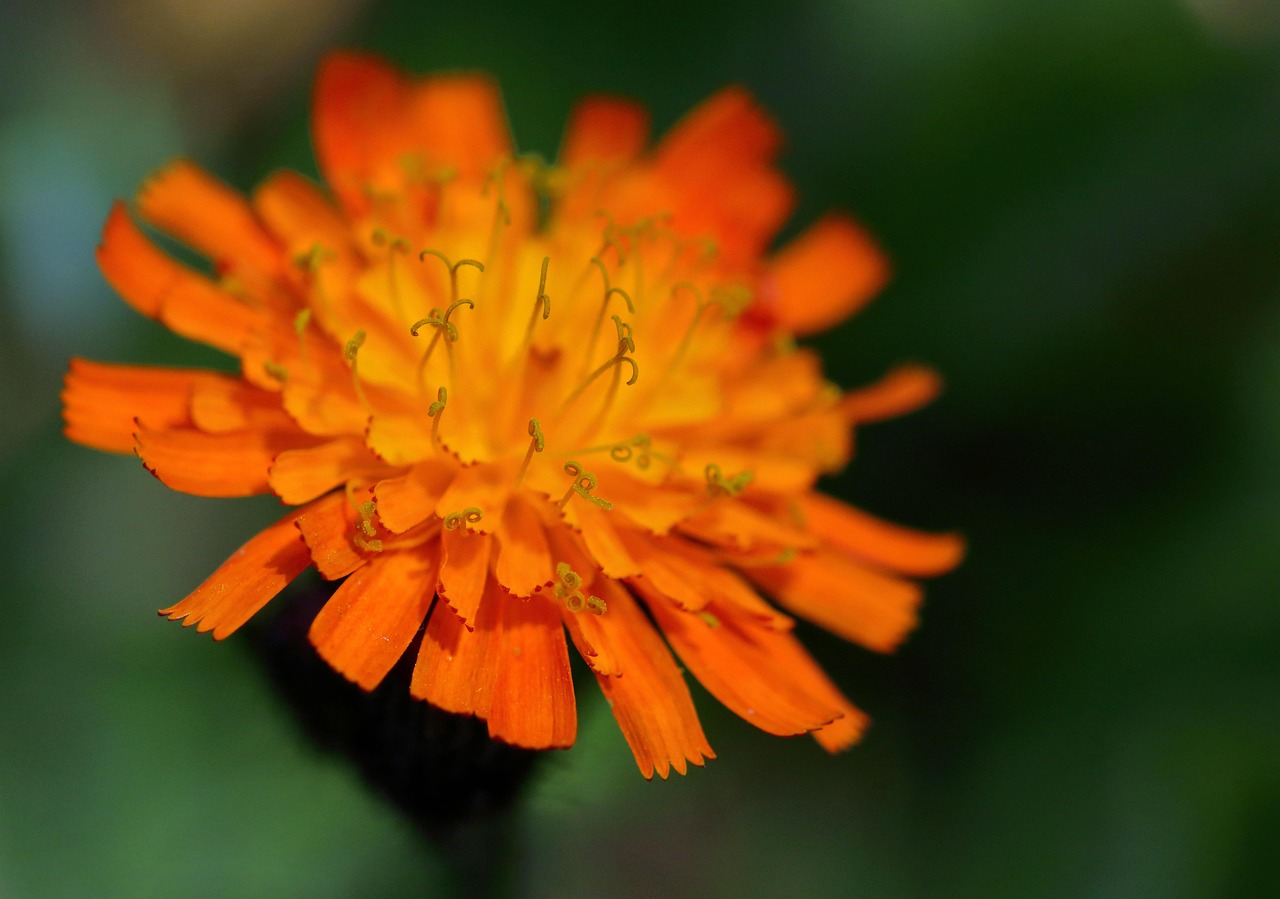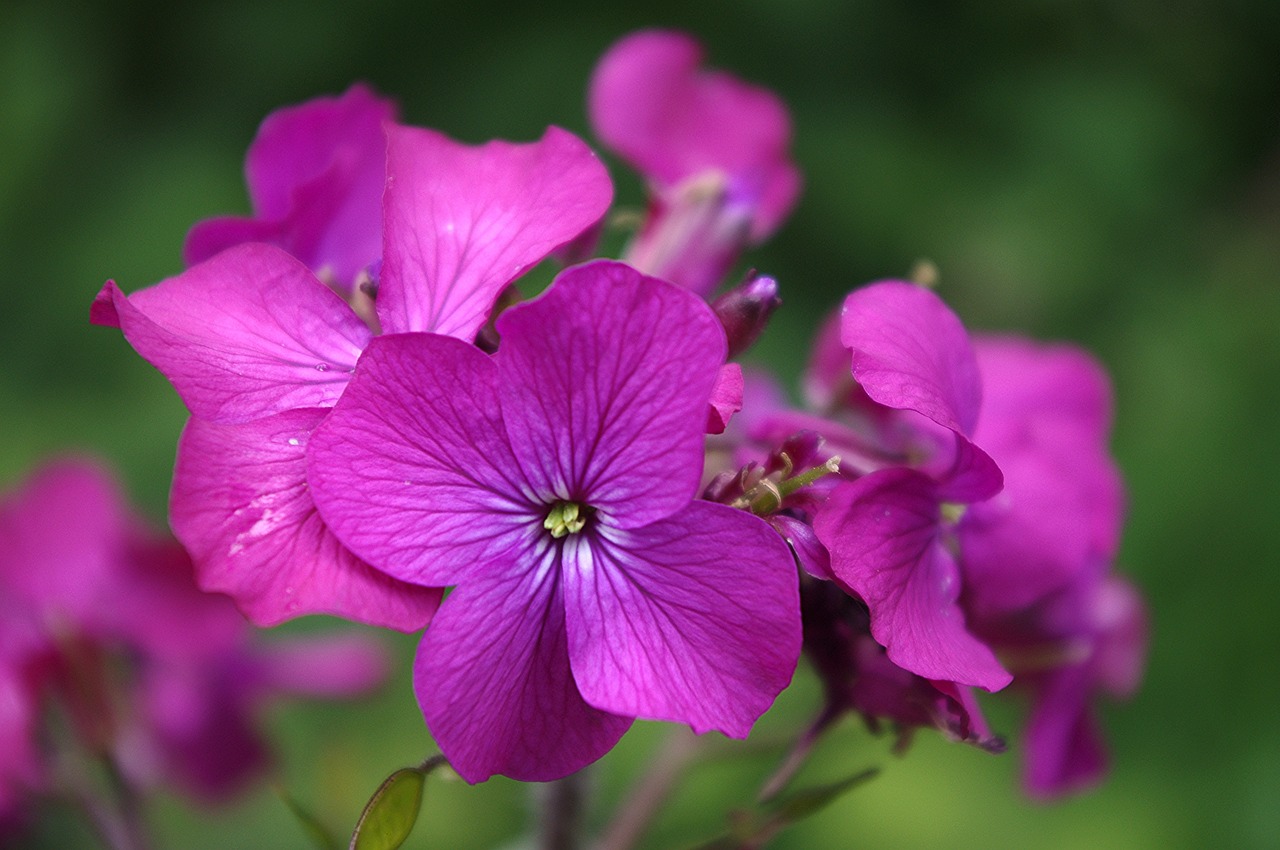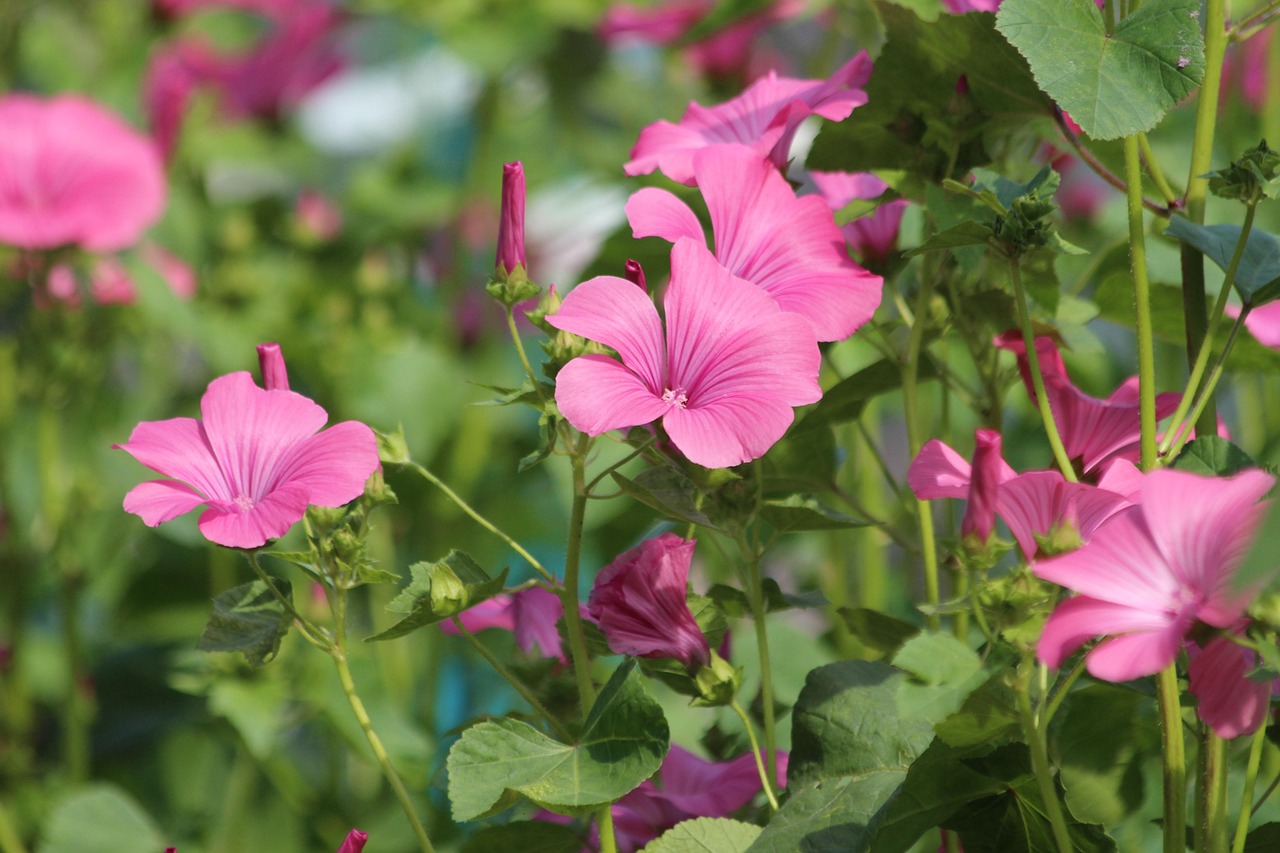Caltha palustris | A Japanese Wildflower Reflecting Spring by the Water

Caltha palustris, commonly known as Marsh Marigold, is a perennial plant that produces vivid yellow flowers in early spring. It thrives in wetlands and naturally grows along mountain streams and watersides across Japan.
Its bright blossoms and glossy leaves bring color to the early spring landscape, when the chill of winter still lingers, and it has long been cherished by people throughout history.
In this article, I will provide detailed information on the basic characteristics, cultural and historical background, and key tips for cultivating Caltha palustris.
Basic Information
- Scientific name: Caltha palustris
- Family: Ranunculaceae
- Origin: Cool regions of the Northern Hemisphere (Japan, Europe, North America, etc.)
- Appearance: The plant reaches about 20–40 cm in height, with rounded leaves and glossy, bright yellow flowers. The flowers, composed of five petal-like sepals, are delicate yet striking.
- Blooming season: March–May
Cultural Significance Around the World
Caltha palustris has been admired as a herald of spring, growing naturally in wetlands and along mountain streams.
In Japan, it has been loved as a traditional wildflower and often appears in haiku and tanka poetry. In some regions, it is considered a messenger of spring and plays a role in satoyama culture and nature observation. Its brilliant color is sometimes seen as a symbol of joy and renewal after the harshness of winter.
In Europe, it is widely known as “Marsh Marigold,” and is regarded as an essential flower in spring landscapes by riversides and wetlands. In England, for example, it has appeared in poems and stories since ancient times and was once used in agricultural rituals.
In parts of Scandinavia, Caltha palustris has also been used in spring festivals and seasonal decorations.
Historical Background
Since ancient times, Caltha palustris has symbolized the connection between people and nature.
In medieval Europe, it was regarded as a sign of spring cultivation among farmers, as its bright flowers blossomed in wetlands.
In Japan, its presence is recorded in Edo-period botanical illustrations and haikai literature, where it was remembered as a seasonal flower of spring. From the Meiji era through the early Showa period, it was also popular in gardens and pots as part of wildflower horticulture.
In East Asia, it frequently appears in local chronicles and cultural records, recognized as a seasonal plant deeply rooted in daily life alongside mountains and rivers.
Gardening Advice

Caltha palustris prefers moist environments. With proper care, it will produce vivid blossoms each spring.
Sunlight
Thrives in sunny to partially shaded areas. It grows well even in light shade.
Watering
As a waterside plant, it requires constant moisture. In gardens, plant it in damp areas; in pots, keep the base in water.
Soil
Moisture-retentive soil is ideal. Use soil mixed with leaf mold or recreate wetland conditions.
Fertilizer
A small amount of slow-release fertilizer at planting is sufficient. Avoid excessive feeding. If top-dressed during the blooming period, keep it minimal.
Repotting & Division
Every few years, divide the clumps after flowering or in autumn to maintain plant health. Regular care prevents root congestion.
Cold Resistance
Relatively hardy and able to overwinter outdoors. In colder regions, cover the roots with leaf mold for protection.
Conclusion
Caltha palustris is a perennial plant that produces vivid yellow flowers by wetlands and streams in early spring. It harmonizes beautifully with natural landscapes.
In Japan, it has long been cherished as a flower that announces the arrival of spring, while in Europe it is culturally significant, often appearing in poems and stories.
Closely linked to agricultural rituals and spring festivals, this plant has a long history of connecting people with nature. Thriving in moist conditions, its glossy leaves and charming blossoms bring a touch of spring to gardens and pots alike.




